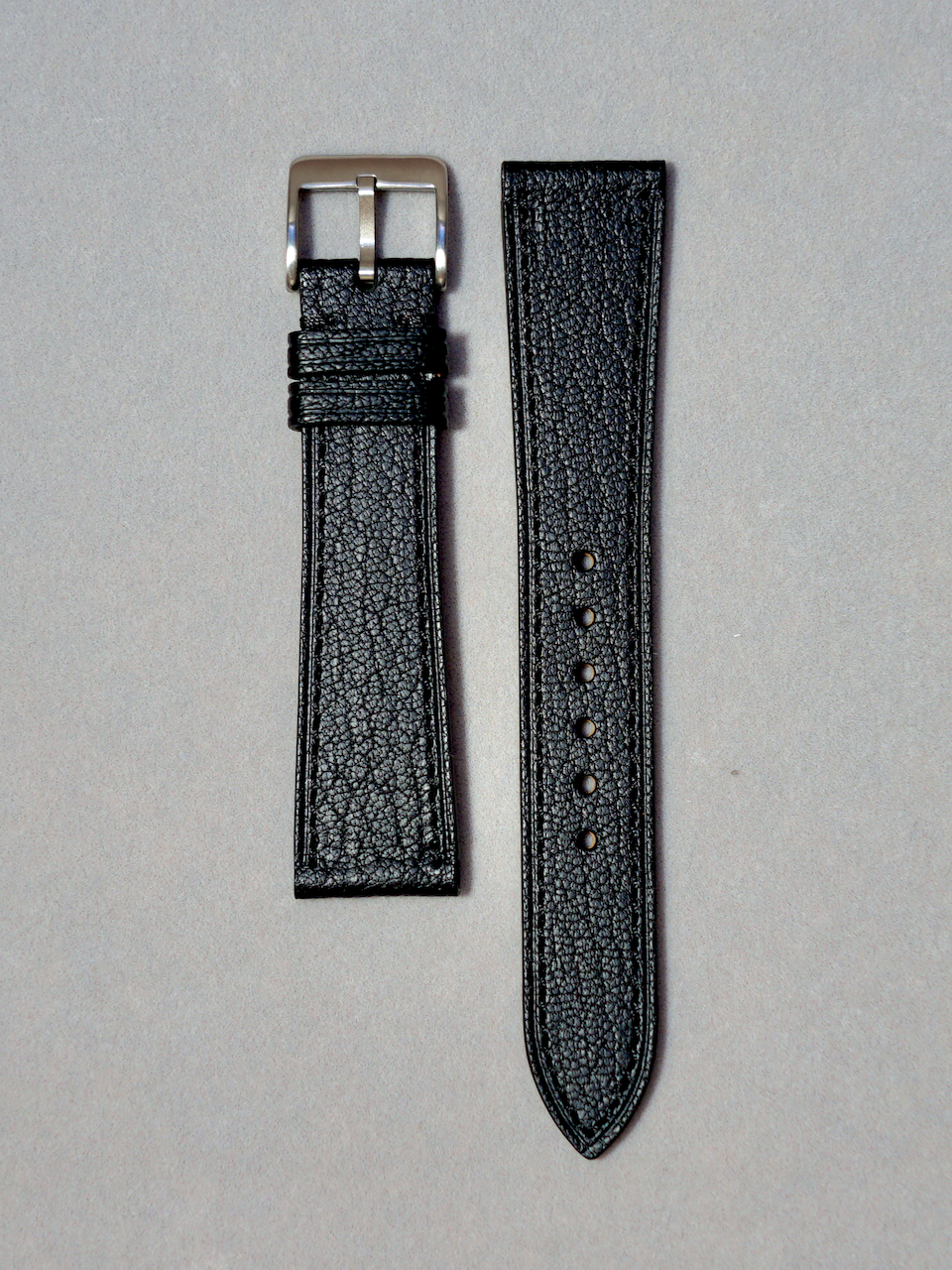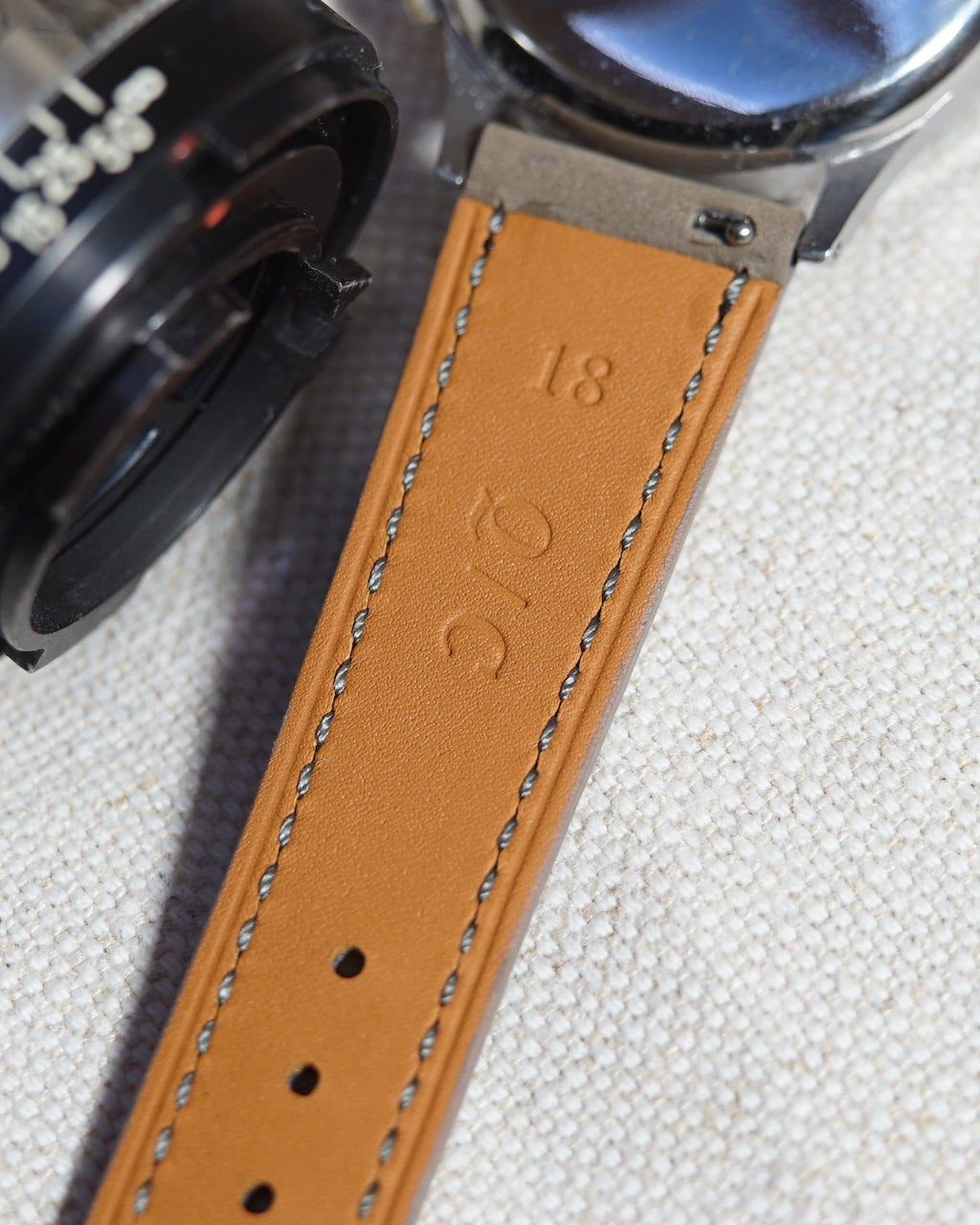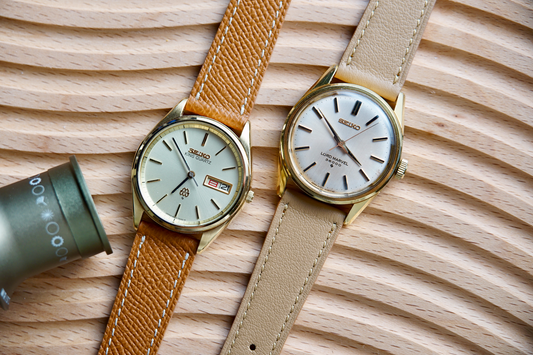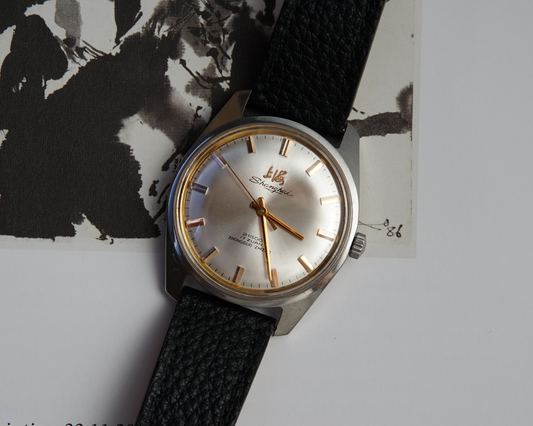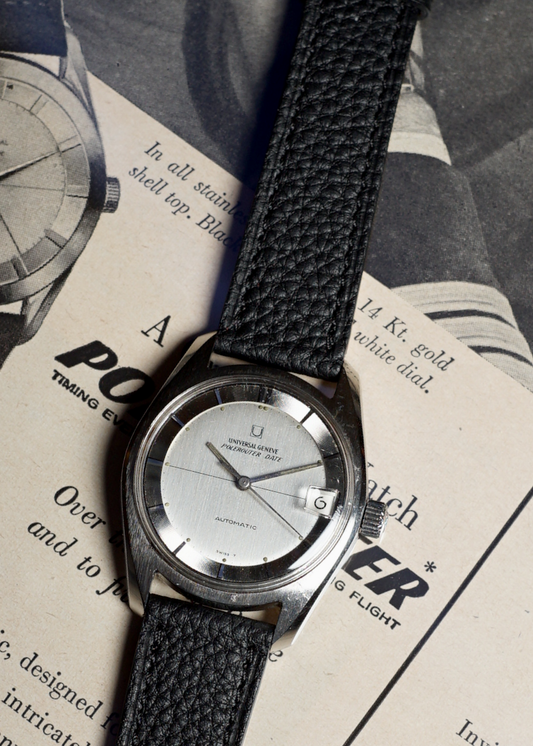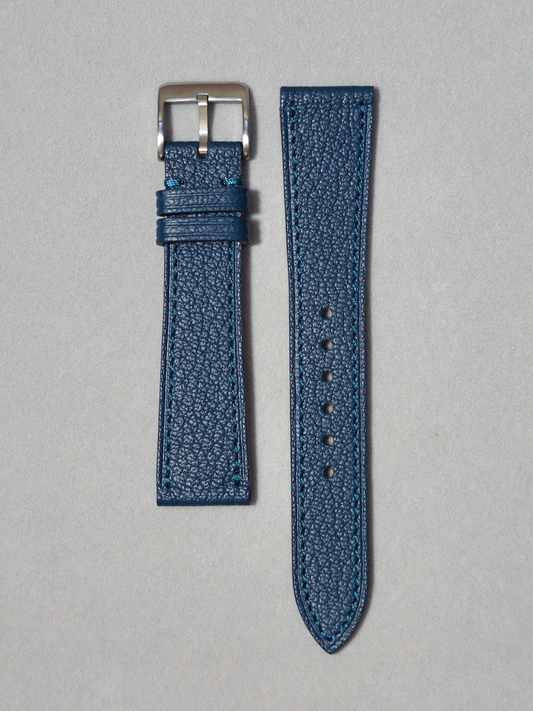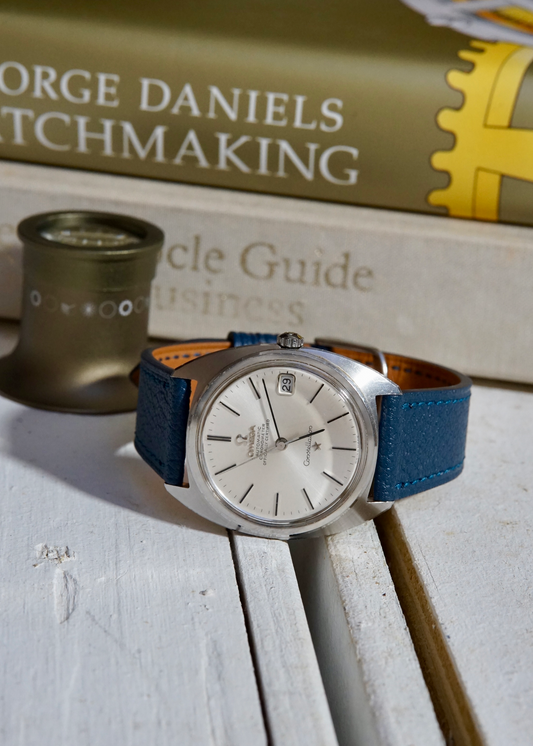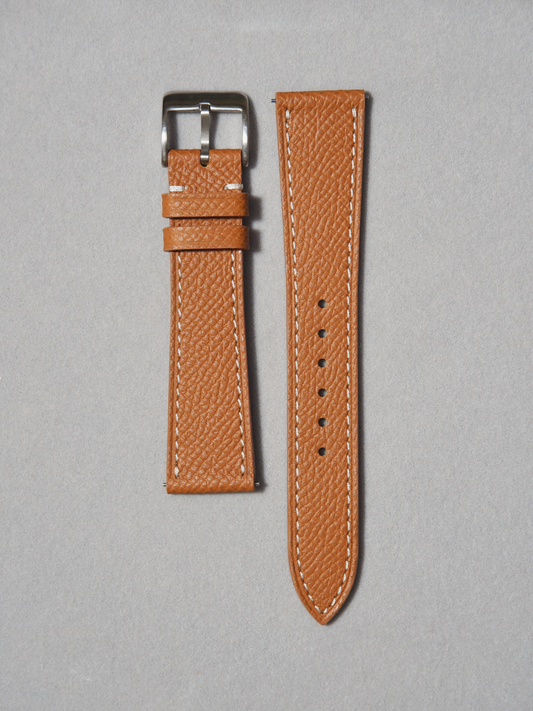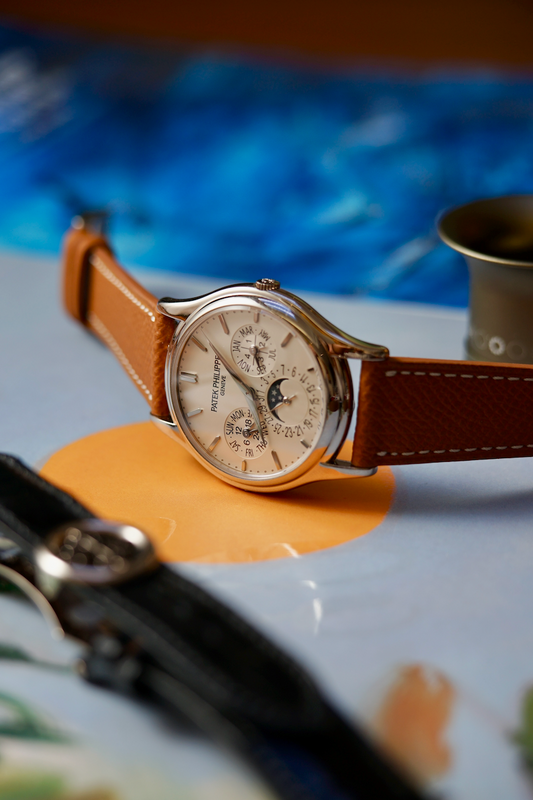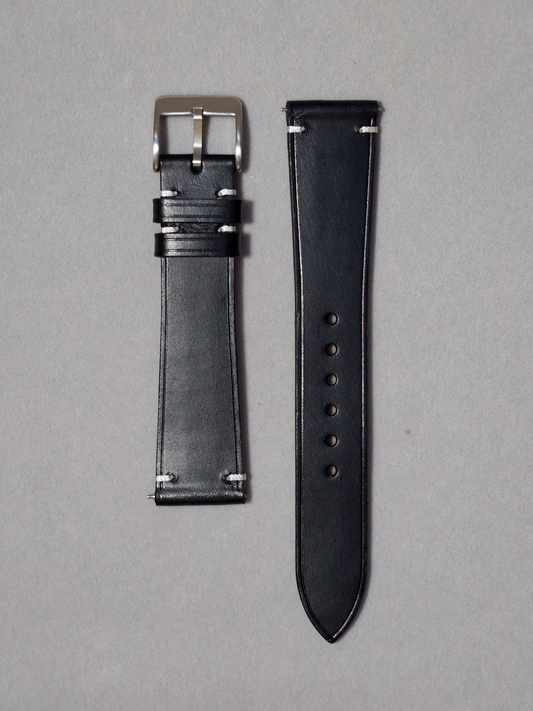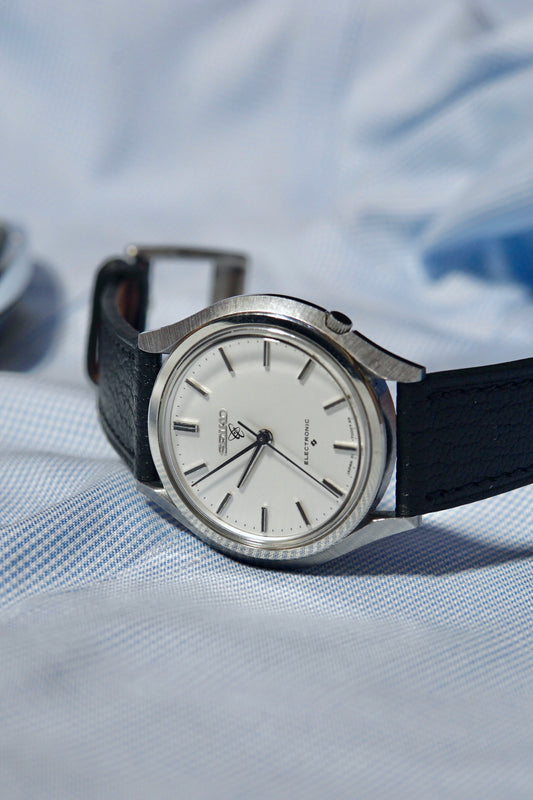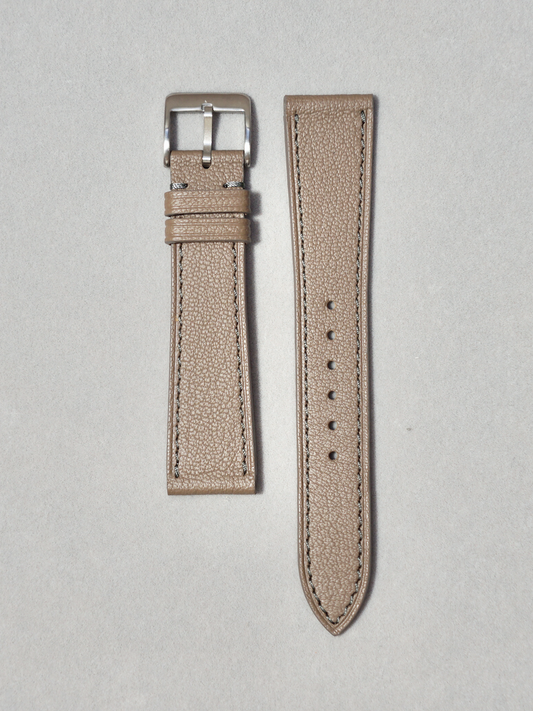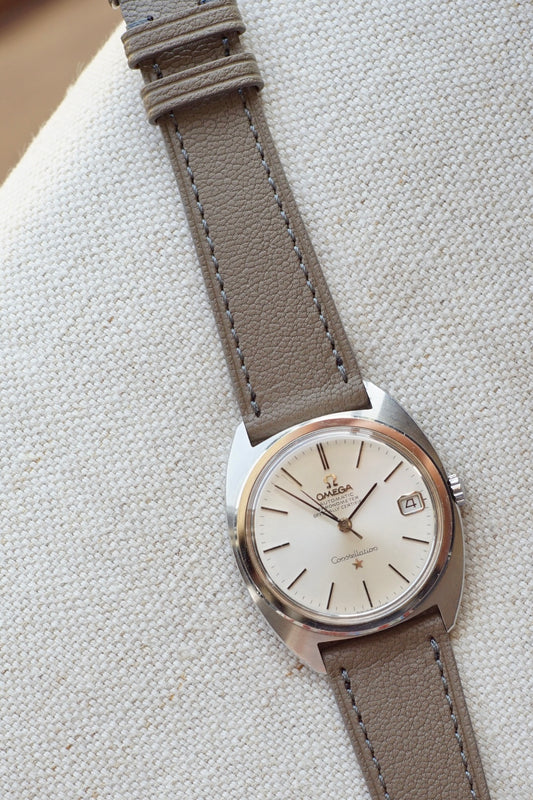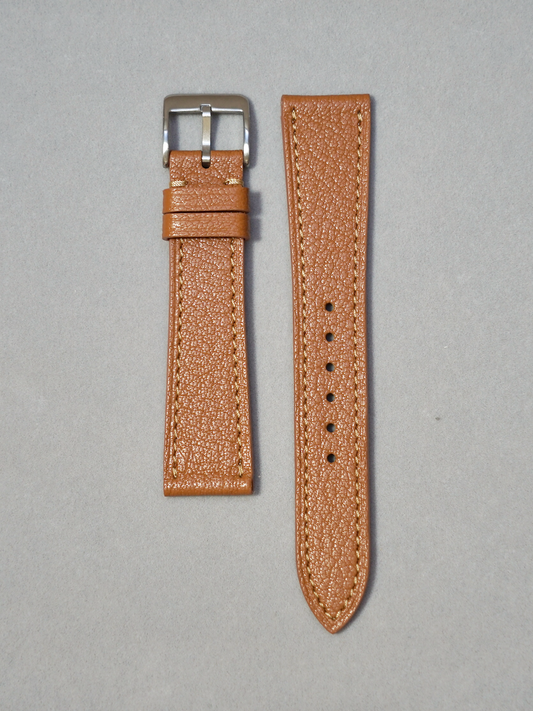
Purple Mountain: A Forgotten Corner in Vintage Chinese Watchmaking
In the quiet corners of horological history, nestled between the rise of Shanghai’s iconic brands and the global dominance of Swiss timepieces, lies the story of Purple Mountain (紫金山) — a forgotten player of China’s early watchmaking era. Born in the late 1950s amid the country’s industrial ambitions, this Nanjing-born brand represents an intriguing blend of imitation, adaptation, and local craftsmanship.
Humble Beginnings: From Clocks to Watches
The story starts with the Jiangnan Clock Manufacturing Factory (江南造钟厂), founded in March 1955 by a collective of private clock shops and merchants in Nanjing. Their first product, the “Flying Wheel” (飞轮) alarm clock, marked the city’s entry into timekeeping manufacturing. By 1957, they were producing over 100,000 alarm clocks annually—a remarkable feat for a young factory.
But the real turning point came in 1958, when the factory relocated to Sifangcheng (四方城), near the historic Sun Yat-sen Mausoleum, and rebranded as Purple Mountain Clock Factory (紫金山钟表厂). The name paid homage to Nanjing’s iconic Purple Mountain (紫金山), a symbol of the city’s heritage—and soon, it would grace the dials of the factory’s first wristwatches.
The Birth of Purple Mountain Watches
On October 1, 1958—China’s National Day—the factory unveiled its first mechanical timepiece - A 17-jewel wristwatch modeled after the Swiss “Big Roman”
These early prototypes, collectively branded as “Purple Mountain” (紫金山), were crude but significant—they marked Nanjing’s first foray into watchmaking. By August 1959, the factory had scaled up to a modest 100 watches per month, considerably less than its counterparts like Shanghai and Seagull.
A Closer Look at the Purple Mountain Watch
The Case: Unusual Proportions
 When you first handle a Purple Mountain watch, you immediately notice something different—its 36mm case diameter, a full 2mm larger than most vintage Chinese watches of the era. This gives it a more substantial wrist presence while maintaining a classic profile. Yet, despite the larger case, the lug width remains 18mm, consistent with the period’s standards, ensuring compatibility with straps of the time.
When you first handle a Purple Mountain watch, you immediately notice something different—its 36mm case diameter, a full 2mm larger than most vintage Chinese watches of the era. This gives it a more substantial wrist presence while maintaining a classic profile. Yet, despite the larger case, the lug width remains 18mm, consistent with the period’s standards, ensuring compatibility with straps of the time.
The Winding Experience
 Among all the vintage Chinese watches in my collection, the Purple Mountain stands out for its exceptionally smooth winding action. Upon inspecting the movement, the reason becomes clear—the ratchet wheel and crown wheel are noticeably larger than those found in other watches of the same period. This subtle engineering choice results in a more refined tactile feel, making winding it a real pleasure.
Among all the vintage Chinese watches in my collection, the Purple Mountain stands out for its exceptionally smooth winding action. Upon inspecting the movement, the reason becomes clear—the ratchet wheel and crown wheel are noticeably larger than those found in other watches of the same period. This subtle engineering choice results in a more refined tactile feel, making winding it a real pleasure.

The Dial: A Masterclass in Minimalist Design
Designing a time-only dial is deceptively difficult—too sparse, and it feels empty; too busy, and it loses elegance. The Purple Mountain dial strikes a perfect balance.

-
Art Deco Gold Numerals & Indices
The gold-plated numerals are executed in a bold Art Deco style, a rarity in Chinese watchmaking where traditional fonts dominated. Collectors often refer to these as “怪字” (guài zì, "strange text"), as their geometric sharpness stands out against the more conservative typography of the era. The indices extend gracefully from the outer gold ring, drawing the eye toward the center of the dial. -
Signature Logo & Perfect Layout
The Purple Mountain logo dominates the upper half of the dial, while the lower half is elegantly anchored by the text “中国南京” (China, Nanjing). The brand name “紫金山” is not written in a standard font—instead, the final stroke of the character “山” (mountain) sweeps dramatically above the entire phrase, resembling a handwritten signature.
How to Style the Purple Mountain Watch
The vintage Purple Mountain watch's 36mm case and 18mm lug width make it surprisingly versatile for modern wear. I pair mine with a Togo Brown leather strap - the warm caramel/ brown tones complement the watch's gold indices beautifully. The watch's slightly larger case size (compared to other vintage Chinese watches) gives it better wrist presence, making it ideal for both dress shirts and casual rolled sleeves.
Why Did Purple Mountain Fade Away?
While brands like Shanghai and Seagull became household names in Chinese watchmaking, Nanjing's Purple Mountain maintained a quieter existence. In its early days in 1950s, the factory produced only about 100 watches monthly - a fraction of its more industrialised counterparts' output.
Today, surviving Purple Mountain watches are rare collector’s item—owning a Purple Mountain is like holding a piece of Nanjing’s hidden horological history—a quiet tribute to an era when every city in China dreamed of making its own timepieces.
